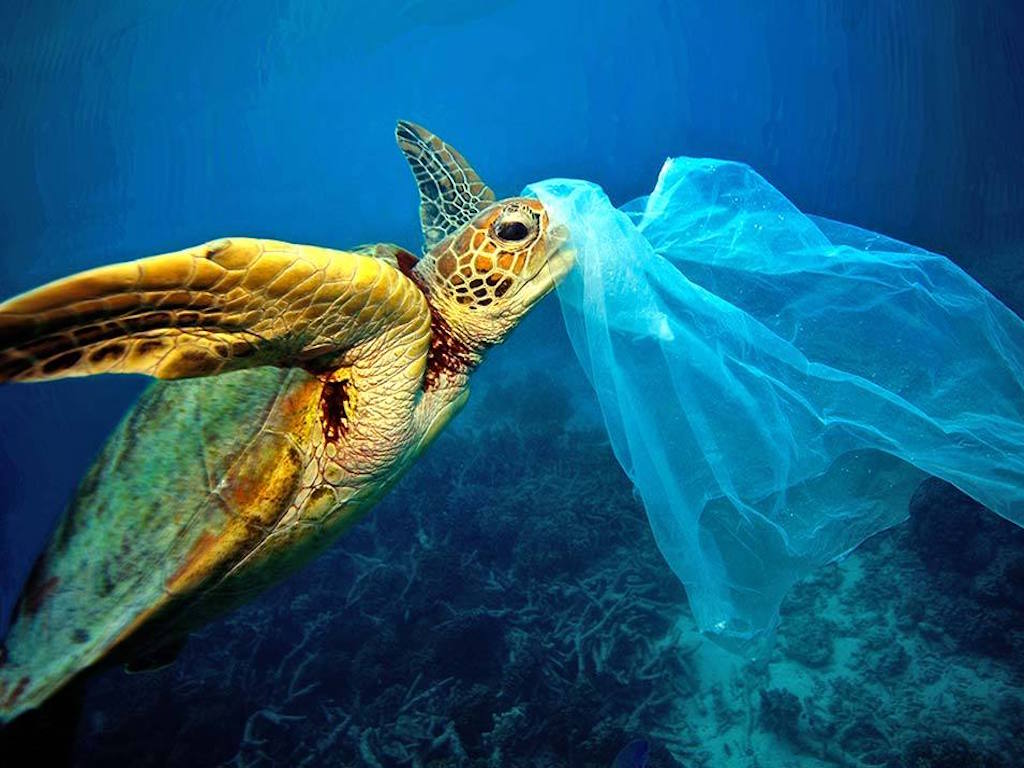5 Mins Read
The plastic crisis is one of the biggest challenges that our planet is facing, and one that desperately needs to be tackled, especially if we want to save the fate of our oceans. Currently, millions of tonnes of plastic ends up in the oceans every single year with devastating consequences for aquatic life, seabirds, marine ecosystems and even human health. As part of our visit on the Race For Water ambassador ship, a sustainably-powered marine vessel backed by a foundation that aims to raise awareness about the global plastic waste crisis and we participated in a multi-stakeholder conference workshop where we learned some appalling figures on the state of the ocean plastic crisis.
1. 10% of global plastic is dumped into the ocean every year
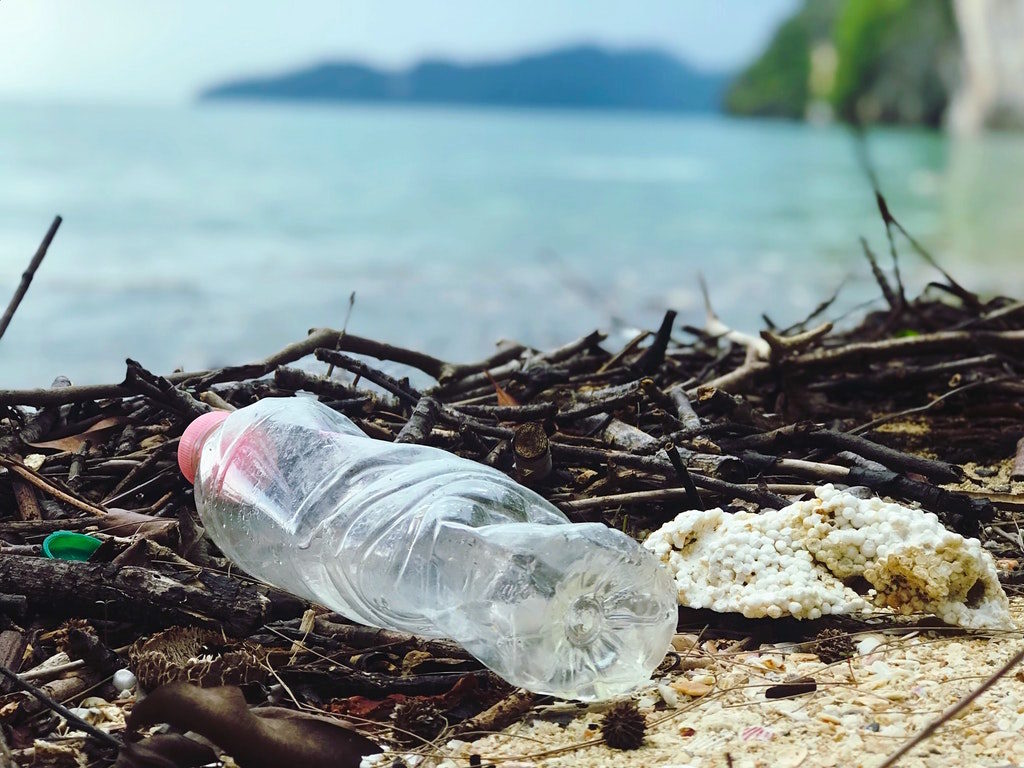
Since 1950, 8.3 billion tonnes of plastic has been produced on our planet, with roughly 6 million of it becoming waste. Some of it goes to landfills and incineration sites, but 10% of the 260 million tonnes of plastic the world produces per year gets dumped into the sea annually, according to a Greenpeace report. Of this number, 70% of it eventually sinks, with damaging consequences on our seabed.
2. Only 15-20% of plastic waste is collected for recycling
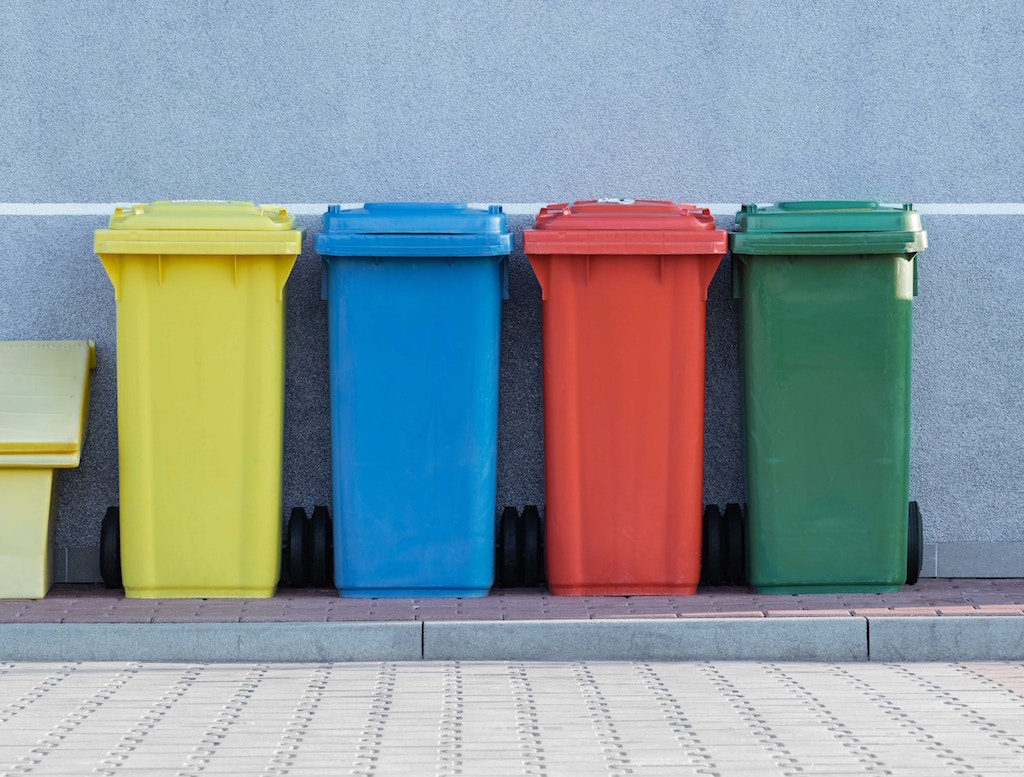
Our current plastics manufacturing model yields low recycling rates and is not anywhere near circular. As of now, only 15-20% of plastic waste is being collected for recycling – and of this number, not much of it can actually be recycled into a new product. Even worse, only 9% of all plastic actually gets recycled at all.
In Europe, more than 50% of what is collected and segregated cannot be recycled due to contamination or quality reasons. In addition, the cost of recycling plastic is twice as high as the selling price, further dampening the viability of recycled plastic products being used commercially in the market.
3. 40% of plastic produced is for the packaging industry
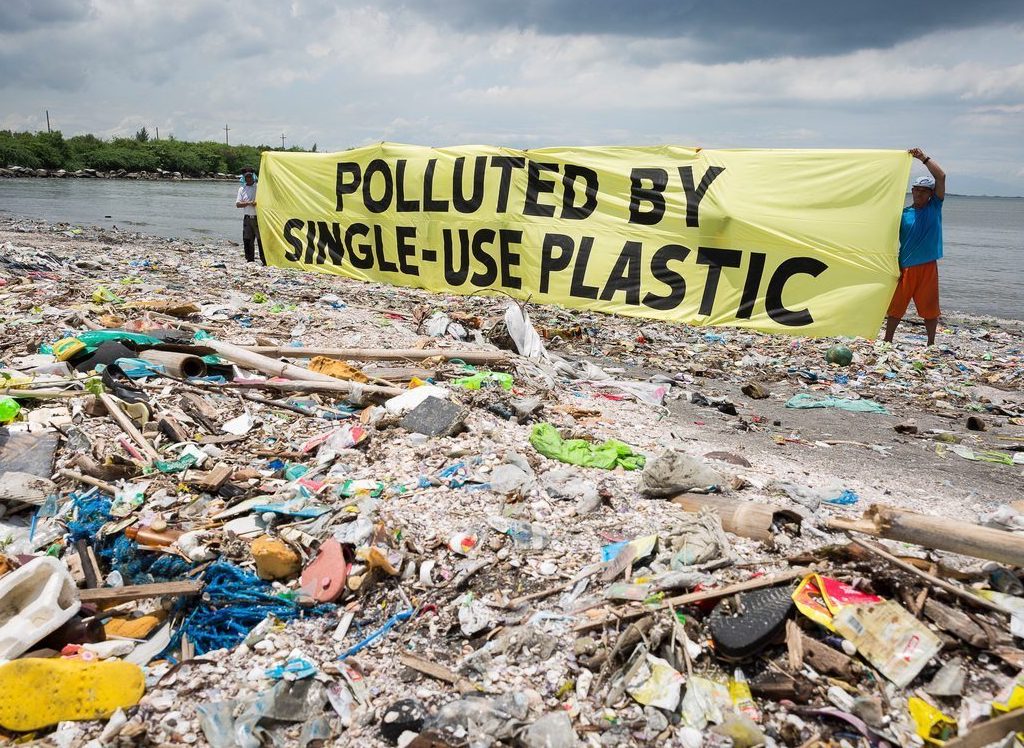
Out of all the plastic packaging produced, 40% of it – roughly 161 million tonnes a year – is used for the packaging industry. These plastic packaging pieces are simply used once, then discarded and left to pollute our land and oceans. Of the top 10 items found on beaches in an audit by the International Coastal Clean-up Day, 8 were single-use plastic packaging related to food and drinks.
4. 8% of oil is used to produce plastic
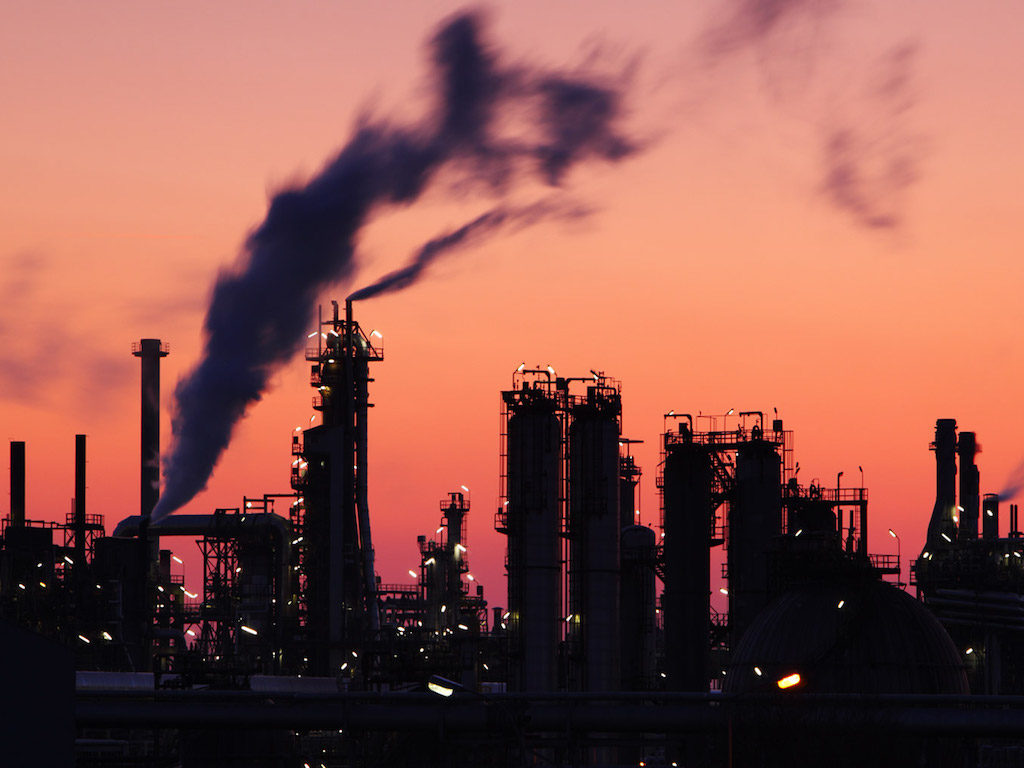
Around 8% of the world’s oil production – a fossil fuel, which is a nonrenewable source of energy that generates massive greenhouse gas emissions – is used to make plastic and power plastic manufacturing plants. According to the World Economic Forum (WEF), this figure is predicted to rise to 20% by 2050. This makes the plastics industry a huge driver of carbon emissions that contribute to global warming and our climate crisis.
5. Plastic production will rise by 40% in 8 years
The production of the most common type of plastic – polyethylene aka HDPE/LDPE, the one used to make cleaning and personal care products – is on course to increase by more than 40% by 2028 in the US, according to research firm S&P Global Platts. This is 8 million tonnes more per year than in 2018 so basically double. And that’s just ONE type of plastic.
6. 100% of marine turtles have plastic in their bodies…and more disturbing sea life facts
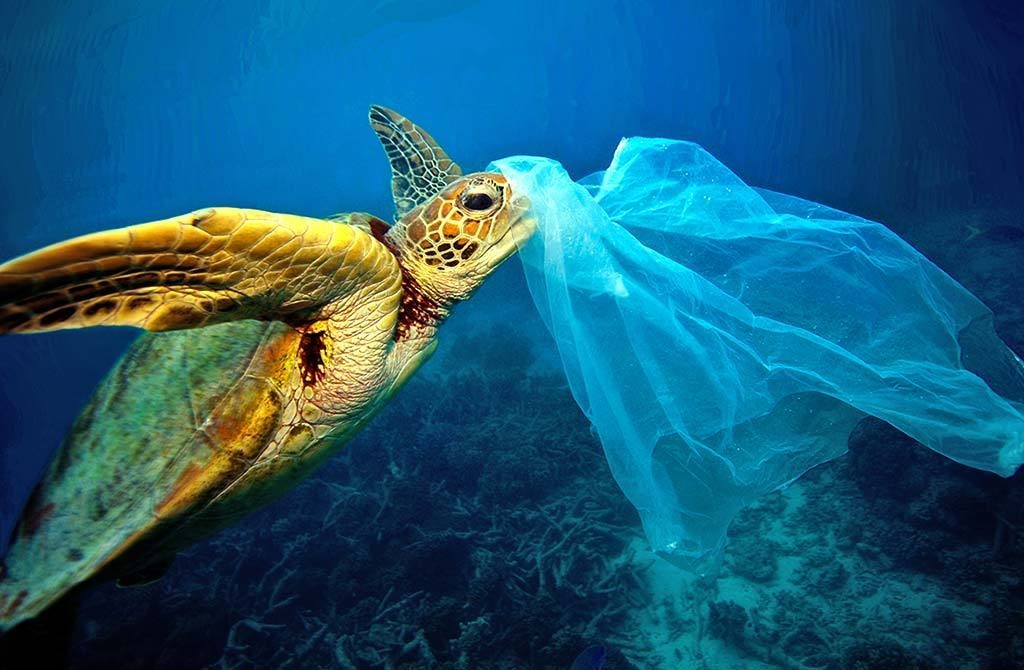
Chemicals used in plastic manufacturing, such as phthalates and flame retardants, have been found in fish, mollusks and sea mammals. In some of the specific species sampled by a study published in the Annual Review of Marine Science, 100% of marine turtles, 59% of whales and 40% of seabirds have traces of marine plastic pollution in their bodies and organs.
7. Ocean plastic pollution costs us US$2.5 billion each year
Marine plastic pollution comes with a massive economic cost to our natural capital. In April 2019, scientists led by a Plymouth Marine Laboratory group published their findings in Marine Pollution Bulletin, revealing that ocean plastic pollution will cost us as much as US$2.5 trillion annually. This equates to US$33 per kilogram of ocean plastic waste. Furthermore, these figures do not take into account the potential direct and indirect impact of plastics on human health.
8. Just 3 brands account for 14% of global marine plastic pollution
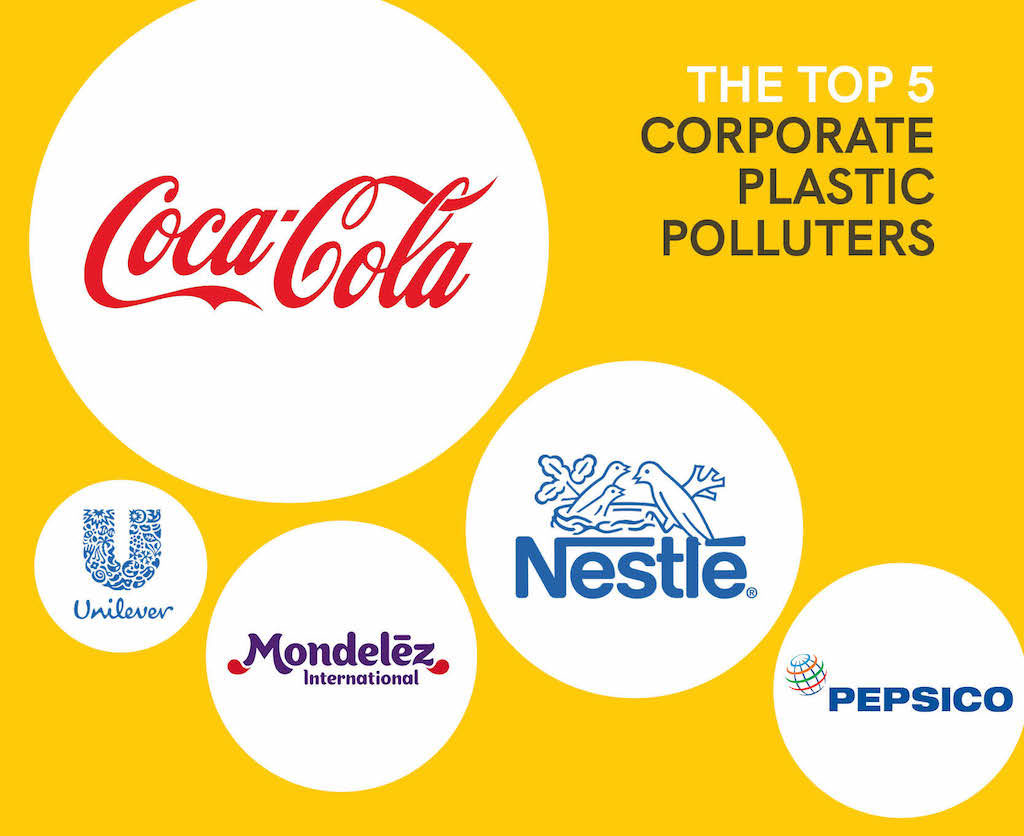
According to the latest Break Free From Plastic brand audit, three global companies account for 14% of marine plastic pollution: Coca-Cola, Nestlé and PepsiCo. Other major brands include Mondelez International, Unilever, Procter & Gamble. This year marks the second year in a row that beverage giant Coca-Cola (who owns Costa Coffee, Minute Maid, Sprite, Fanta and more) was named the top polluter – responsible for almost 12,000 pieces of plastic collected across 37 countries in one single audit.
9. There will be more plastic than fish in oceans by 2050
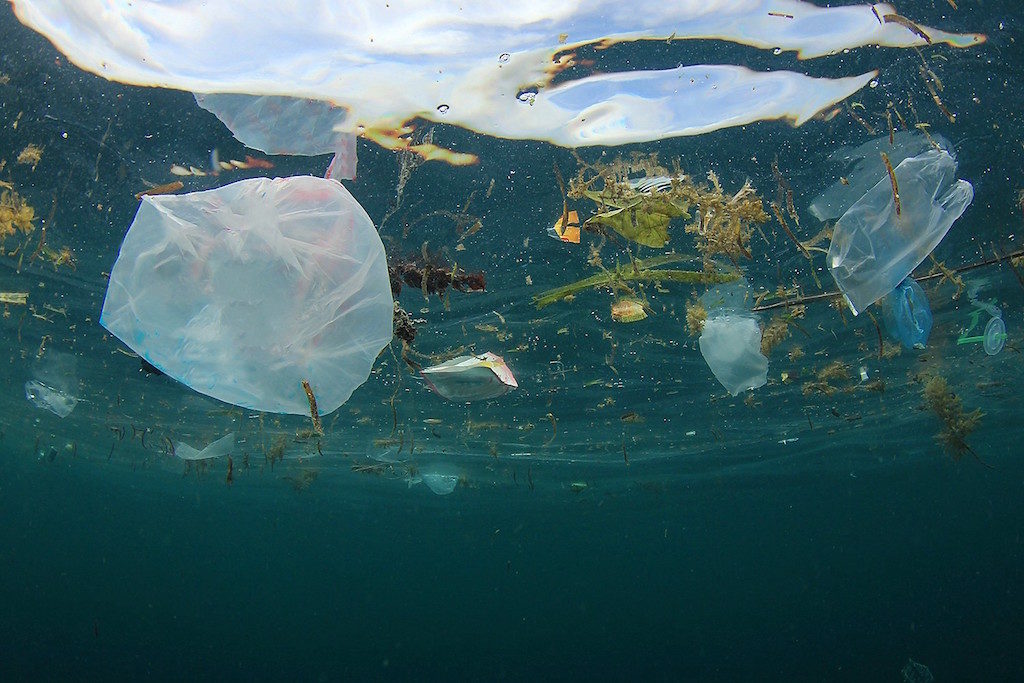
If we don’t fight plastic pollution in our oceans, the Ellen McArthur Foundation estimates that plastic will outweigh fish in the sea by 2050. At our current rate, there will be one metric ton of plastic per three metric tonnes of fish in 2025, according to figures by research firm McKinsey & Co.
10. 80% of ocean plastic waste comes from Asia
More than 80% of ocean plastics come from Asia, with a majority of it being dumped by low-income developing countries in the region due to foreign waste exports from richer countries in Europe, North America and Australia. Our move, Asia…our move.
Lead image courtesy of Sea Life.

